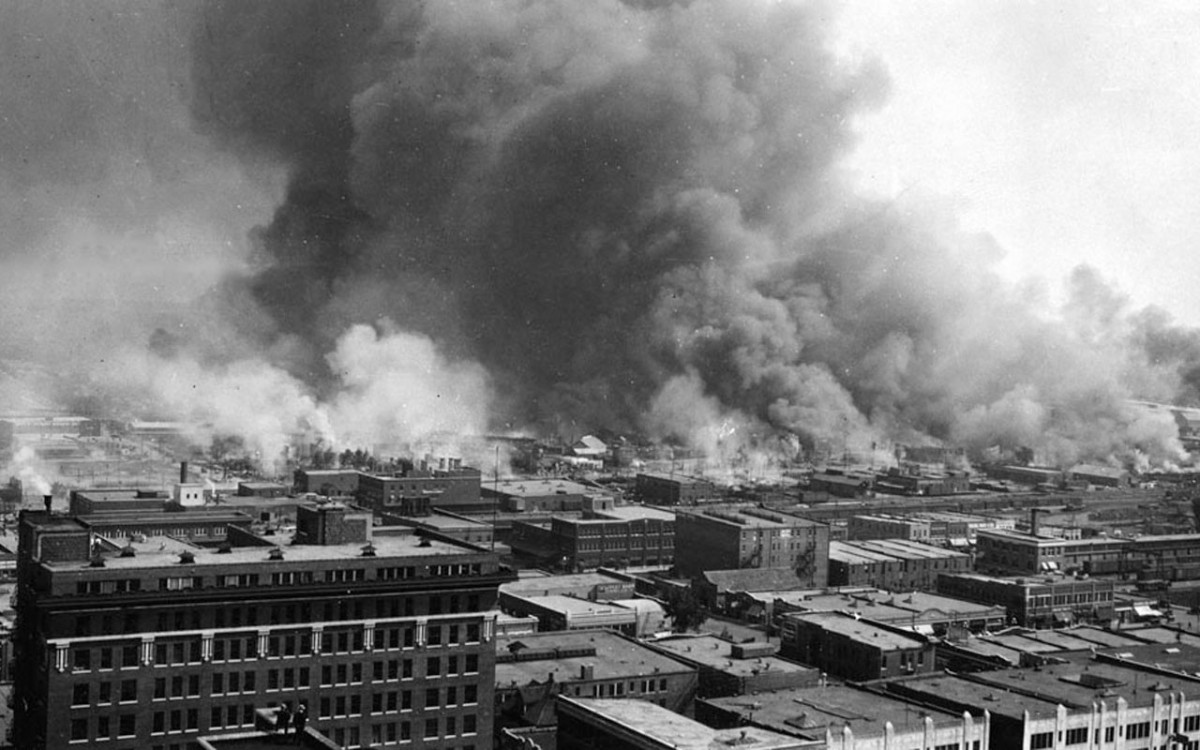Juneteenth is a joyful ritual of collective memory and cultural cohesion. A summer tradition commemorating the end of slavery, Juneteenth is also an opportunity to challenge facile understandings of the past and reckon with a national heritage of racism.
But over 155 years of observance, Juneteenth celebrations have often been staged against a backdrop of horrors that belie the holiday’s significance. Indeed, Juneteenth’s defiant expressions of pride amid precarity offer a potent lesson about the contours of Black struggle today.
The [In]Considerate Judgment of Mankind
First, though, it offers a lesson in the nuances of American history.
Among the many structural outcomes of the U.S. Civil War, the emancipation of enslaved Black people is the most striking. While basic understanding of slavery’s dissolution often stops at the Emancipation Proclamation, it is important to note that the Proclamation, which went into effect on January 1, 1863, was originally issued by Abraham Lincoln four months earlier – in September of 1862.
The “lead time” reveals, among other things, the complex intention of the measure.
According to the text, the emancipation of Southern slaves was a “fit and necessary war measure for suppressing…rebellion.” That is, Lincoln anticipated that, for Confederate states, the possibility of Black freedom would be so disruptive to white supremacist values, property systems, and legal infrastructure, it could either function as an incentive to abandon the Confederate cause or punish Confederate states for their insurgency.
Notably, the Emancipation Proclamation did not outlaw slavery in states that remained loyal to the Union. Slave states like the Commonwealth of Kentucky – which continues to enjoy the politicizable claim of having been a Civil War border state – were allowed to maintain the institution through the end of 1865. Like their Northern “free” state counterparts, they benefited directly and intergenerationally from the racial order entrenched through slavery and its afterlife.
When writing the Emancipation Proclamation, Lincoln noted that the act was “sincerely believed to be an act of justice, warranted by the Constitution,” and to honor it, he “invoke[d] the considerate judgment of mankind and the gracious favor of Almighty God.” The considerate judgment of mankind, of course, could scarcely be relied upon, and most Confederate states refused to change legal doctrine or de facto slavery practice until the 13th Amendment was passed in December 1865. Still, the Proclamation gave crucial legal and military backing for slaves who had engaged extravagant and everyday forms of fugitivity since the beginning of New World captivity.
In the remote state of Texas, the news of freedom (and the resources to support it) were intentionally suppressed by slaveholders. Two years after the Emancipation Proclamation (and two months after Robert E. Lee’s final surrender at Appomattox), Union General Gordon Granger issued General Order Number 3, officially emancipating Texas slaves.
It was June 19th – Juneteenth – 1865.
The date became a crucial and enduring touchpoint of Black liberation narratives. Formal celebrations of slavery’s end began in Texas the following year and never stopped. Observance of the day spread, too, to other states, though many outside the Black community remain unfamiliar with the holiday.
This year, Juneteenth has gained unprecedented national attention, following outcry over a presidential campaign rally controversially scheduled on the date in Tulsa, Oklahoma. In the context of a massive national uprising against anti-Black state violence, more than a dozen major corporations have announced new Juneteenth observances. But for many reasons, contemporary commemorations of this watershed moment offer lessons on much more than a historical register.
Liberation is a Long Haul: Lessons in Black Struggle
In the criss-crossing discourse of contemporary racial justice, there exists an almost dizzying number of calls for change. Among the most profound is the call to abolish policing, prisons and other sites of state violence.
Scholars like Ruth Wilson Gilmore rightly caution overly simplistic analogies between contemporary and historical systems of oppression; the abolition of chattel slavery is not the same as the abolition of prisons, incarceration is not exactly the same as slavery. At the same time, it is clear that so many systems of surveillance, violence, criminalization, extraction, dehumanization, displacement and premature death were perfected in slavery and are sustained by our current racial landscape.
To that end, the unprecedented consideration of abolitionist proposals may find organizers revisiting the Juneteenth moment with the same combination of celebration, strategy and existential crisis as the freedmen did in the years following formal liberation. The question now – as it was then – is: Where do we go from here? What brilliant, imaginative things can we think up? What lingering attachments to oppression threaten us still? Who’s coming along? How shall we go about this?
In the context of Juneteenth, these questions particularly haunt.
For many, the most affecting element of Juneteenth’s history is the audacious clarity of white commitment to Black subjugation in and after the final days of slavery. This is well exemplified in the frequently skipped final lines of General Granger’s Order:
The freedmen are advised to remain quietly at their present homes and work for wages. They are informed that they will not be allowed to collect at military posts and that they will not be supported in idleness either there or elsewhere.
A militarized command for Blacks to respond to something as surreal as emancipation with quietude and dutiful labor signal so much about the enduring terms of racial control. These lines are not dissimilar to fervid condemnation of contemporary uprisings and the disciplining of the always already insurgency of black life and living. The danger now as it was then, is that the freedom moment draws a threat to moralize and arrest Black consciousness and agency.
Indeed these seemingly innocuous lines (echoing similar ones found in the text of the Emancipation Proclamation) prefigured fatally oppressive mechanisms like the black codes and lynch law. This enunciation of control is but one of many signals that the social, symbolic and labor economies of slavery were never eradicated, just morphed and replaced, leaving Black survival as fraught as ever.
Still, for newly freed Blacks, over a century of multifaceted resistance – including abolition, mass revolt, escape, crop destruction, reproductive sabotage, community care and the spread of revolutionary ideology – all provided a blueprint for negotiating new iterations of racist domination and the continued not only of survival, but of otherwise worlds.
Not only do we find echoes of that radical capacity in contemporary struggles for Black freedom, the particularly bright and blooming energy of the Juneteenth moment – a complicated situation that depended on old knowledges and imagination about things yet unseen – provides an apt and sustaining inspiration for organizers today.
Over the past three weeks, more than 3,600 cities and towns in Appalachia and across the country have erupted in protest over anti-Black state violence in all its forms. The current fight is waged against multiple sites of oppression, from erased violence against women and trans people to issues of reproductive justice, education, surveillance, equitable housing and health, and the deadly ravages of capitalism.
Resistors have smartly and inclusively used every tactic in their arsenal, loosening ground and dreaming up possibilities for serious, seismic change. From the proliferation of political education to community-based research, medicine and mutual aid, the work is being done by (as has been the case throughout our history) by preachers, queer and trans people, philosophers, community organizers, vulnerable women, “criminals,” mothers and radical teenage girls.
Juneteenth teaches us, just as it taught Black freedmen, that liberation is a long haul. It’s iterative, fragmented, complex and local. Its victories are costly and sometimes obscure. Juneteenth teaches us that few things are certain, but one thing you can count on is swift backlash in the form of new and shockingly inventive technologies of oppression. Juneteenth reminds us that the logics of anti-Blackness are neither invented nor dissolved in single events: They exist as premise, backdrop, atmosphere, constitution, 24,000 pounds of granite and bronze built three and a half feet into the ground. And they must be undone.
Like Juneteenth, this Jubilee moment carries as much catharsis and deeply embodied joy as it does seriousness, study and cautious looks ahead. It seems nearly impossible, but somehow the dense combination of feeling and praxis, the unbound promise of Black struggle captured by this and many other moments are best and most powerfully expressed with the two-word greeting I hope readers share all day: Happy Juneteenth.
Jakeya Caruthers is a cultural studies scholar and Assistant Professor of African and African American Studies at Berea College. Current projects include an essay examining curiosity as a radical black feminist feeling, a co-edited special edition of Abolition Journal, and a collaborative archive and data project focused on criminalized survivors of gender violence.
Editor’s Note: This article was updated on June 23 to reflect that 2020 marks the 155th anniversary of Juneteenth, not more than 155 years as originally published.



